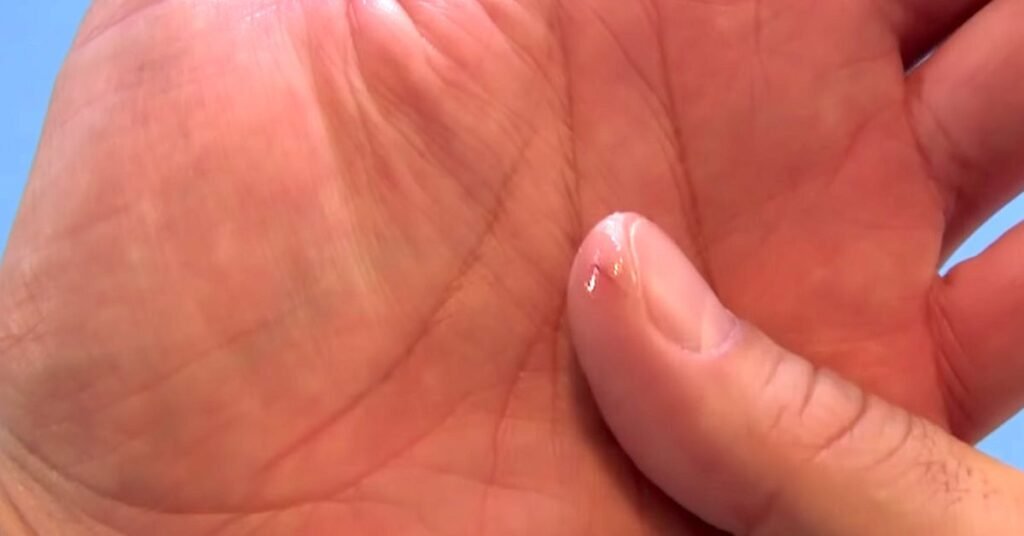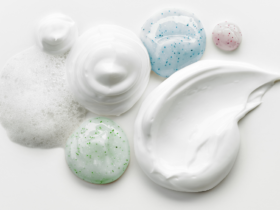Accidents happen, and sometimes they leave us with minor cuts, scrapes, or burns that need protection to prevent further damage or infection. In the past, people used traditional bandages or gauze to cover up these injuries, but they were often bulky, uncomfortable, and prone to falling off. However, with the advent of liquid bandages, everything has changed.
Liquid bandages are a type of adhesive that can be applied to the skin to create a flexible, waterproof seal over minor wounds. They work by forming a protective barrier that keeps out dirt, water, and germs, allowing the skin to heal naturally without interference. Here’s everything you need to know about this revolutionary solution and how it’s changing people’s daily lives.
What is Liquid Bandage?
Liquid bandage is a medical product that comes in the form of a clear liquid that can be applied to the skin to cover up minor cuts, scrapes, or burns. It is made of a combination of isobutylene and cyanoacrylate, two types of adhesive that bond together when they come into contact with moisture. When applied to the skin, liquid bandage dries quickly to form a flexible, waterproof seal that can last for several days.

The Benefits of Liquid Bandage
Compared to traditional bandages, liquid bandages offer a number of benefits that make them a popular choice among people with minor wounds. Here are some of the most significant advantages of using liquid bandage:
Protection from Infection: One of the main benefits of using liquid bandage is that it creates a barrier that protects the wound from bacteria and other harmful germs. This can help to prevent infections and promote faster healing.
Comfortable to Wear: Liquid bandages are much more comfortable to wear than traditional bandages, as they are thin, lightweight, and flexible. They also conform to the shape of the wound, which makes them less noticeable and less likely to fall off.
Waterproof: Liquid bandages are waterproof, which means that they can be used even when you’re swimming or showering. They also don’t get soggy or fall off when they come into contact with water, which makes them ideal for use in humid or wet environments.
Easy to Apply: Liquid bandages are very easy to apply, as they come with an applicator brush or spray that makes it simple to spread the liquid evenly over the wound. They also dry quickly, which means that you can get back to your daily activities without having to wait for the bandage to set.
How to Use Liquid Bandage
Using liquid bandage is easy and straightforward, but it’s important to follow the instructions carefully to ensure that you get the best results. Here’s a step-by-step guide on how to use liquid bandage:
Clean the Wound: Before applying liquid bandage, you need to clean the wound thoroughly to remove any dirt, debris, or bacteria. Use soap and water to wash the area gently, and then pat it dry with a clean towel.
Apply Liquid Bandage: Open the bottle of liquid bandage and use the applicator brush or spray to apply a thin layer of the liquid over the wound. Make sure that you cover the entire area and that the liquid forms a continuous seal.
Let it Dry: Allow the liquid bandage to dry completely before touching it or covering it with clothing. This usually takes a few minutes, depending on the thickness of the layer applied.
Reapply as Needed: Liquid bandages can last for several days, but if you notice that the seal is starting to break or peel, it’s time to reapply. To do this, simply clean the wound again, and then apply a fresh layer of liquid bandage.

Tips for Using Liquid Bandage
Here are some tips that can help you get the most out of your liquid bandage:
Don’t Apply Too Thick: Liquid bandages work best when applied in a thin layer. If you apply it too thickly, it can take longer to dry, and it may not form a good seal.
Don’t Touch the Wound: After applying liquid bandage, avoid touching the wound or picking at the seal. Touching the wound or picking at the seal can disrupt the healing process and increase the risk of infection.
Avoid Using on Deep or Infected Wounds: Liquid bandages are designed for minor cuts, scrapes, and burns. They should not be used on deep wounds or wounds that are already infected. If you have a deep wound or a wound that is already infected, it is best to seek medical attention.
Store in a Cool, Dry Place: To ensure that your liquid bandage stays fresh and effective, store it in a cool, dry place away from direct sunlight.
Conclusion
Liquid bandage is a revolutionary solution for everyday cuts and scrapes. It provides protection from infection, is comfortable to wear, waterproof, and easy to apply. By following the instructions carefully and using it appropriately, you can enjoy the benefits of this innovative product and help your minor wounds heal faster. However, it’s important to note that liquid bandages should not be used on deep or infected wounds, and you should seek medical attention if your wound requires more serious treatment. With liquid bandage in your first aid kit, you can enjoy greater peace of mind and more efficient wound care.
Also read about our post on How Rakuten Trade Can Help You Make Informed Investment Decisions









































